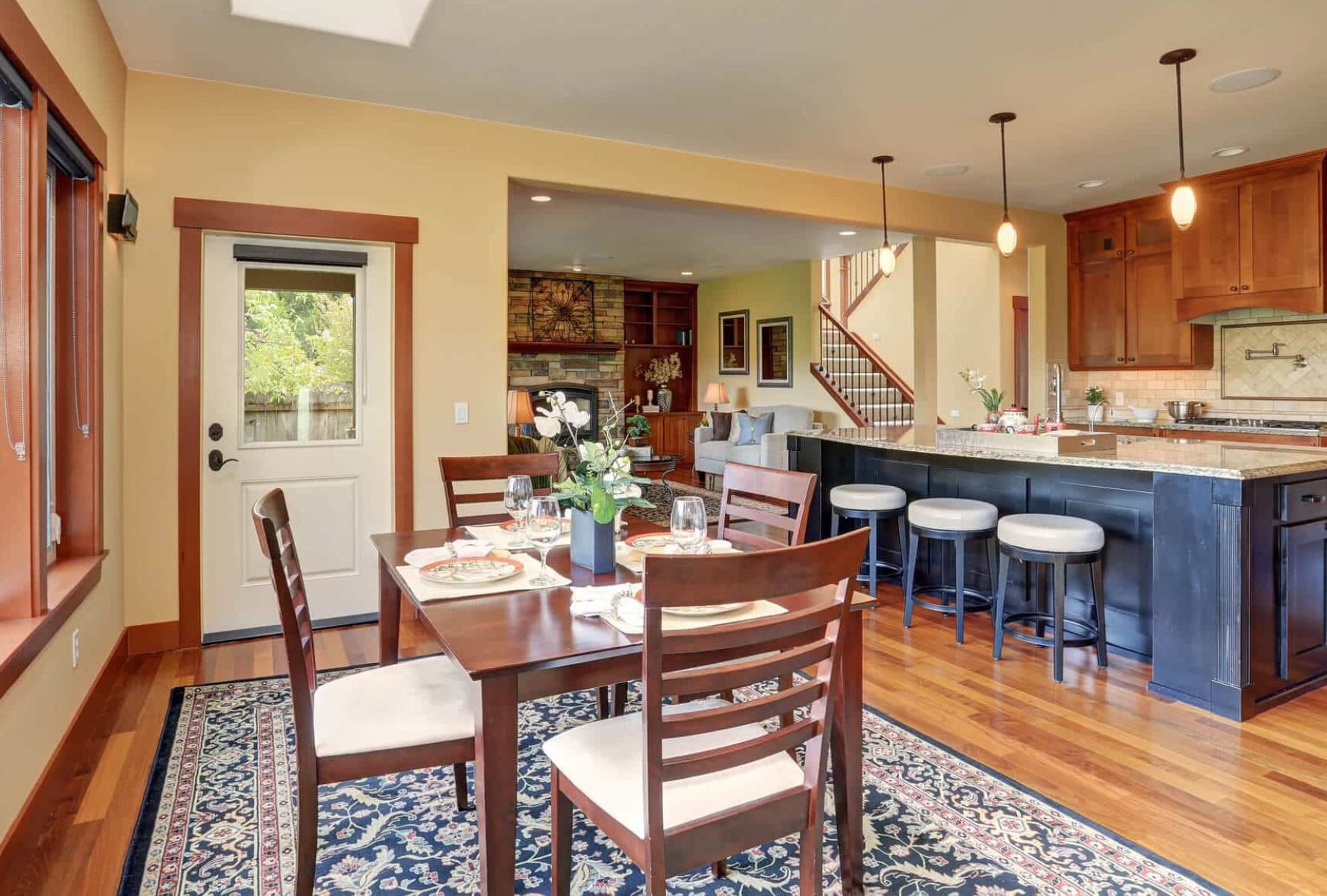

Articles
What Kind Of Rugs To Use On Laminate Flooring
Modified: October 20, 2024
Discover the perfect rugs for your laminate flooring in our latest articles. Find practical tips and stylish options to enhance your home's décor and protect your flooring.
(Many of the links in this article redirect to a specific reviewed product. Your purchase of these products through affiliate links helps to generate commission for Storables.com, at no extra cost. Learn more)
Introduction
Laminate flooring is a popular choice for many homeowners due to its durability, affordability, and low maintenance. However, one aspect to consider when decorating your laminate flooring is the use of rugs. Rugs not only add warmth and beauty to a room, but they also provide comfort and can help protect your laminate flooring from scratches and other damages.
Choosing the right rug for your laminate flooring requires some careful consideration. You want to ensure that the rug not only complements your overall decor, but also performs well on the laminate surface. In this article, we will explore the factors to consider when selecting rugs for laminate flooring, the best rug materials for this type of flooring, and some tips for rug maintenance.
So, if you’re wondering what kind of rugs to use on laminate flooring, read on to discover some helpful guidelines that will make rug selection easier and ensure your floors stay protected and stylish.
Key Takeaways:
- Choose rugs for laminate flooring that are the right size, thickness, and color to complement your decor and protect your floors. Non-slip rug pads are essential for safety and preventing damage.
- Select rug materials like cotton, wool, or synthetic fibers that suit your lifestyle and design preferences. Regular maintenance, including vacuuming and rotating rugs, will help preserve their beauty and longevity.
Read more: What Kind Of Rugs To Use On Hardwood Floors
Factors to Consider for Rugs on Laminate Flooring
When choosing rugs for your laminate flooring, there are several factors to consider to ensure that they not only look great but also perform well on the surface. Understanding these factors will help you make an informed decision and select rugs that will enhance the beauty and functionality of your laminate floors.
1. Size: The size of the rug is an important factor to consider. Measure the area where you want to place the rug and choose a size that fits well within that space. It’s important to note that rugs that are too small can make a room look disjointed, while rugs that are too large can overwhelm the space. Strike the right balance to achieve a visually pleasing effect.
2. Thickness: Opt for rugs with a low pile or flat-weave construction when placing them on laminate flooring. These types of rugs are thin and have a tight weave, preventing them from causing any unevenness or tripping hazards on the floor. Avoid high pile rugs that can make it difficult to open and close doors or pose a risk of slipping.
3. Non-Slip Backing: To prevent rugs from shifting or sliding on laminate flooring, choose rugs with a non-slip backing or add a quality rug pad underneath. Non-slip rug pads provide an extra layer of grip, ensuring that rugs stay in place even in high traffic areas.
4. Color and Pattern: Consider the color and pattern of the rug in relation to your laminate flooring and other elements in the room. If your flooring has a busy or intricate design, opt for a solid-colored rug to create a visual balance. Conversely, if your flooring is more neutral, you can choose a rug with a bolder pattern or colors to add visual interest.
5. Ease of Cleaning: Laminate flooring is known for its easy maintenance, and you will want a rug that is just as simple to keep clean. Look for rugs that are stain-resistant and easy to vacuum or spot clean. This will ensure that your rugs stay looking fresh and vibrant without much effort.
Considering these factors when choosing rugs for your laminate flooring will help you find the perfect balance between style and practicality. Remember to take into account the specific needs of your space and your personal preferences to make a well-informed decision.
Non-Slip Rug Pads for Laminate Flooring
When placing rugs on laminate flooring, it’s essential to use non-slip rug pads to prevent any potential slipping or sliding, especially in high traffic areas. Non-slip rug pads act as a protective barrier between the rug and the floor, providing stability and preventing accidents. Here are a few reasons why non-slip rug pads are crucial for laminate flooring:
1. Safety: Non-slip rug pads enhance the safety of your living space, especially in areas where there is a high risk of slipping or tripping. They offer an extra layer of grip, keeping rugs securely in place, even when subjected to heavy foot traffic or movement.
2. Protection: Laminate flooring can be susceptible to scratches, scuffs, and damage caused by constant friction from rug fibers or the abrasive backing of the rug. Non-slip rug pads create a cushioning effect, reducing the friction between the rug and the floor. This helps protect the laminate surface, extending its lifespan and preserving its appearance.
3. Absorption: Non-slip rug pads can absorb impact and reduce noise transmission, making your laminate flooring more comfortable to walk on. They provide a slight cushioning effect, making your rugs feel softer underfoot and reducing the impact of heavy footsteps or dropped objects.
4. Prevention of Moisture Trapping: Some laminate flooring materials are more susceptible to moisture retention. When rugs are placed directly on the floor, they can trap moisture underneath, which can lead to mold or mildew growth. Non-slip rug pads create a breathable barrier that allows air circulation, preventing moisture from seeping into the laminate flooring.
When selecting a non-slip rug pad for your laminate flooring, keep the following tips in mind:
– Choose a rug pad made specifically for laminate flooring to ensure it won’t damage the surface or leave any residue.
– Check that the rug pad is made of materials that won’t react with or discolor your laminate flooring.
– Consider the thickness of the rug pad. It should not be too thick to prevent doors from opening or closing smoothly.
– Measure the size of the rug pad to ensure it fits well underneath your rug. It should be slightly smaller than the size of the rug to remain hidden.
By using non-slip rug pads on your laminate flooring, you can enjoy the beauty and functionality of rugs while ensuring the safety and protection of your floors. They provide a reliable and cost-effective solution to keep your rugs in place, prevent damage to the flooring, and create a comfortable and secure living environment.
Area Rugs for Laminate Flooring
Area rugs are a fantastic way to add style, warmth, and comfort to your laminate flooring. Whether you want to define separate areas within a room or simply enhance the overall aesthetic, choosing the right area rug can make a significant difference. Here are some tips to consider when selecting and placing area rugs on laminate flooring:
1. Placement: Determine the purpose and placement of the area rug. Are you looking to create a cozy seating area in a living room or add a splash of color to a dining room? Knowing where the rug will go will help you determine the right size and shape for your needs.
2. Size and Shape: Consider the size and shape of the area rug in relation to the room and furniture layout. Ideally, the rug should anchor the furniture arrangement and be large enough to accommodate all major seating or dining pieces. It’s generally recommended for at least the front legs of furniture to sit on the rug to create a cohesive look.
3. Color and Pattern: Choose a rug color and pattern that complements your laminate flooring and overall decor. If your flooring has a busy design or dark color, opt for a solid-colored or subtly patterned rug to avoid overwhelming the space. Alternatively, if your flooring is more neutral, you can choose a bold pattern or vibrant colors to make a statement and add visual interest.
4. Texture: Consider the texture of the rug in relation to the laminate flooring and surrounding elements. If your laminate has a smooth, glossy finish, a rug with a plush or shaggy texture can add warmth and comfort. Conversely, if your flooring has a more textured surface, you may want to consider a flatter, low-pile rug to create a visual contrast.
5. Layering: Don’t be afraid to experiment with layering rugs on your laminate flooring. Layering can add depth and visual interest to a space. You can start with a larger neutral rug as the base and then add a smaller rug with a bolder pattern or color on top. This technique can also help define specific areas or create a focal point in the room.
Remember to regularly clean and maintain your area rugs to keep them looking fresh and vibrant. Vacuum regularly to remove dirt and debris, and address any spills or stains promptly with appropriate cleaning methods.
By carefully selecting and placing area rugs on your laminate flooring, you can transform your living spaces into cozy, stylish, and functional areas that reflect your personal style and enhance the overall ambiance of your home.
Best Rug Materials for Laminate Flooring
When choosing rugs for your laminate flooring, it’s important to consider the materials used. The right rug materials can enhance the visual appeal of your space and provide the necessary protection for your laminate flooring. Here are some of the best rug materials to consider:
1. Cotton: Cotton rugs are a popular choice for laminate flooring due to their softness, durability, and affordability. They are lightweight, easy to clean, and come in a wide range of colors and patterns. Cotton rugs are also hypoallergenic, making them a great option for those with allergies or sensitivities.
2. Wool: Wool rugs are known for their luxurious feel and natural durability. They are excellent at retaining heat, making them a cozy choice for colder climates. Wool rugs are resistant to stains, water, and fire, and they also naturally repel dirt and dust. Although they may be a bit more expensive than other materials, wool rugs often last for many years with proper care.
3. Synthetic Fibers: Synthetic fibers such as polypropylene, polyester, and nylon are affordable and durable options for laminate flooring. These materials are stain-resistant, fade-resistant, and easy to clean. They come in various styles, colors, and patterns, including realistic imitations of natural fibers like wool or sisal. Synthetic fiber rugs are a great choice for high-traffic areas where durability is a priority.
4. Jute and Sisal: Jute and sisal rugs are made from natural plant fibers, offering a textured and earthy look. These rugs are environmentally friendly, as they are biodegradable and sustainably sourced. Jute and sisal rugs are durable and can add an organic and rustic touch to your laminate flooring. However, they may not be suitable for areas prone to moisture, as they can absorb water and be difficult to clean when stained.
5. Blend Materials: Rug materials that combine natural and synthetic fibers can offer the best of both worlds. For example, a blend of wool and synthetic fibers can provide the softness and durability of wool with added stain resistance and easier maintenance. These rugs often have a longer lifespan and can withstand heavy use while maintaining their appearance.
When selecting rug materials, consider the specific needs of your space, the level of foot traffic, and your personal preferences. Keep in mind that regular cleaning and maintenance will help prolong the life and appearance of your rugs, regardless of the material.
By choosing the right rug materials for your laminate flooring, you can enhance the aesthetics of your space while ensuring long-term durability and functionality, adding both comfort and style to your home.
When choosing rugs for laminate flooring, look for non-slip backing to prevent sliding. Opt for low-pile rugs to avoid trapping moisture and dirt, which can damage the flooring.
Rug Sizes for Laminate Flooring
Choosing the right size rug for your laminate flooring is essential to create a balanced and visually pleasing space. The size of the rug can greatly impact the overall look and feel of a room, so it’s important to carefully consider the dimensions. Here are some guidelines to help you determine the appropriate rug sizes for your laminate flooring:
1. Living Room: When selecting a rug for the living room, you want to ensure that it covers a significant portion of the seating area. Ideally, all the front legs of your furniture, such as sofas and chairs, should be placed on the rug. This creates a cohesive look and helps to anchor the space. If you have a larger living room, you can consider using a larger rug that extends beyond the furniture, creating a unified and spacious feel.
2. Dining Room: In a dining room, the rug should be large enough to accommodate both the dining table and chairs, even when they are pulled out. Measure your dining table and add a few feet on each side to ensure that chairs remain on the rug even when pushed back. This ensures a comfortable dining experience and prevents chairs from catching on the edge of the rug.
3. Bedroom: In the bedroom, the size of the rug will depend on its placement. In a master bedroom, you can choose either a large rug that covers the entire bed and extends beyond it, or opt for smaller rugs placed on either side of the bed and at the foot of the bed. In a smaller bedroom, a rug placed at the foot of the bed can provide a cozy touch without overwhelming the space.
4. Hallways and Entryways: For hallways and entryways, choose a runner rug that spans the length of the area. It should be wide enough to cover the majority of the walking space and extend beyond the doorway for a more inviting look. This helps to define the space and protect your laminate flooring from heavy foot traffic.
5. General Guidelines: As a general rule, leave some floor space exposed around the edges of the rug to create a frame and give the room a more open feel. You’ll want to ensure a balance between the rug and the surrounding flooring. In larger rooms, consider layering rugs of different sizes to create depth and visual interest.
Remember to take accurate measurements of your room and furniture before selecting a rug size. It’s also important to consider the proportions and scale of your space to find the perfect balance. Visualize how the rug will fit within your room’s layout and take into account any existing furniture or architectural elements.
By choosing the appropriate rug sizes for your laminate flooring, you can create a harmonious and well-designed space that enhances the beauty and functionality of your home.
Rug Styles for Laminate Flooring
When it comes to choosing rug styles for laminate flooring, you have a wide range of options to suit various design preferences and aesthetics. The rug style you select can enhance the overall look and ambiance of your space. Here are some popular rug styles to consider for your laminate flooring:
1. Traditional: Traditional rugs are timeless and elegant, often featuring intricate patterns, ornate borders, and rich colors. These rugs can add a touch of sophistication and a sense of history to your laminate flooring. Traditional rug styles, such as Persian or Oriental rugs, can complement both classic and contemporary interiors.
2. Modern/Contemporary: If you prefer clean lines, minimalist designs, and a sleek aesthetic, modern or contemporary rugs are an excellent choice for laminate flooring. These rugs usually feature bold geometric patterns, abstract designs, or monochromatic colors. They can add a modern and artistic touch to your space, creating a visually striking focal point.
3. Transitional: Transitional rugs blend elements of traditional and contemporary styles, making them versatile choices for laminate flooring. These rugs often feature classic motifs with a modern twist, creating a harmonious balance between old and new. Transitional rugs offer flexibility in matching various interior styles, providing a bridge between different design elements.
4. Natural Fiber: Natural fiber rugs, such as jute, sisal, seagrass, and bamboo, can bring a touch of organic beauty to your laminate flooring. These rugs create a relaxed and earthy atmosphere, offering a textural contrast to the smooth surface of the laminate. Natural fiber rugs are often neutral in color, making them suitable for various design styles, from coastal to rustic or bohemian.
5. Vintage/Boho: Vintage or bohemian-style rugs are known for their intricate patterns, vibrant colors, and worn or distressed appearance. These rugs add character and a sense of nostalgia to your laminate flooring. They can create a bohemian, eclectic, or retro-inspired look, offering warmth and personality to your space.
6. Abstract: Abstract-style rugs are a great way to make a bold statement and add a contemporary flair to your laminate flooring. With their unique shapes, vibrant colors, and artistic designs, these rugs can become a focal point and conversation starter in your room. Abstract rugs work well in modern or eclectic interiors, offering a touch of creativity and visual interest.
Remember that rug styles should complement the overall decor and theme of your space. Consider the furniture, wall colors, and existing design elements when selecting a rug style for your laminate flooring. It’s also essential to strike a balance between your personal style and the functionality of the rug, ensuring that it meets your practical needs while enhancing the aesthetic appeal of your home.
By choosing the right rug style for your laminate flooring, you can transform your space into a visually captivating and inviting environment that reflects your unique taste and personality.
Rug Maintenance on Laminate Flooring
Maintaining your rugs on laminate flooring is essential to keep them looking fresh and to protect the integrity of your laminate surface. Regular care and maintenance will not only extend the life of your rugs but also ensure the longevity of your laminate flooring. Here are some rug maintenance tips to keep in mind:
1. Vacuum regularly: Vacuum your rugs on a regular basis to remove dirt, dust, and debris that can accumulate. Use a vacuum cleaner with a brush attachment or a canister vacuum for best results. Be gentle when vacuuming to avoid pulling any fibers or damaging the rug’s backing.
2. Rotate your rugs: To prevent uneven wear and tear, rotate your rugs every few months. This will help distribute foot traffic and sunlight exposure evenly across the rug’s surface, preventing areas of the rug from fading or wearing out more quickly.
3. Spot clean spills immediately: Promptly address any spills or stains on your rugs to prevent them from setting in. Blot the affected area with a clean cloth or paper towel to absorb as much of the spill as possible. Avoid rubbing the stain, as this can cause it to spread. Use a mild detergent or stain remover specifically formulated for rugs and follow the manufacturer’s instructions.
4. Protect from sunlight: Prolonged exposure to direct sunlight can cause fading and discoloration of rugs, especially on laminate flooring. Consider using window treatments like blinds or curtains to filter or block out harmful UV rays. You can also rotate the rug periodically to ensure that it receives the same amount of sunlight exposure throughout its lifetime.
5. Use rug pads: Place non-slip rug pads underneath your rugs to provide extra cushioning, prevent slipping or sliding, and protect your laminate flooring from potential scratches or damages caused by friction. Rug pads also promote air circulation and prevent moisture buildup, which can lead to mold or mildew growth.
6. Professional cleaning: Periodically have your rugs professionally cleaned to remove deep-seated dirt, allergens, and stains that may be difficult to tackle on your own. Professional cleaning can help rejuvenate and restore the appearance of your rugs, keeping them looking their best for years to come.
It’s important to always follow the care instructions provided by the rug manufacturer. Different rug materials and constructions may require specific cleaning methods or products. By properly maintaining your rugs on laminate flooring, you can ensure their longevity, preserve their beauty, and enjoy a clean and comfortable living environment.
Conclusion
When it comes to decorating your laminate flooring, rugs are a versatile and practical choice. They add warmth, style, and protection while enhancing the overall aesthetic of your space. By considering factors such as size, thickness, non-slip backing, color, and ease of cleaning, you can choose the right rugs that complement your laminate flooring and fit seamlessly within your home’s decor.
Using non-slip rug pads is crucial for preventing accidents and protecting your laminate flooring from scratches or damage caused by shifting rugs. These pads provide a secure grip, ensuring that your rugs stay in place even in high traffic areas. They also offer cushioning and absorb impact, creating a more comfortable and enjoyable walking experience.
When selecting rug materials, consider options like cotton, wool, synthetic fibers, jute, sisal, or blends. Each material has its own advantages in terms of softness, durability, stain resistance, and texture. Choose a rug material that suits your needs, personal style, and lifestyle factors to ensure longevity and easy maintenance.
Remember to take accurate measurements and choose the right size rug for each space. A well-sized rug can anchor furniture, define areas, and create a cohesive and visually balanced environment. Be mindful of the various rug styles available, from traditional to modern, and select a style that complements your overall design aesthetic.
To keep your rugs looking their best, practice regular maintenance. Vacuum regularly, rotate rugs to prevent wear and tear, address spills immediately, protect rugs from sunlight, use rug pads, and consider professional cleaning when needed. By following these maintenance tips, you can preserve the beauty and longevity of your rugs and maintain the quality of your laminate flooring.
In conclusion, rugs are an excellent addition to laminate flooring, providing both aesthetic appeal and practical benefits. With careful consideration of factors such as size, material, style, and maintenance, you can choose rugs that enhance the beauty of your laminate flooring and elevate the overall look and feel of your home.
Frequently Asked Questions about What Kind Of Rugs To Use On Laminate Flooring
Was this page helpful?
At Storables.com, we guarantee accurate and reliable information. Our content, validated by Expert Board Contributors, is crafted following stringent Editorial Policies. We're committed to providing you with well-researched, expert-backed insights for all your informational needs.
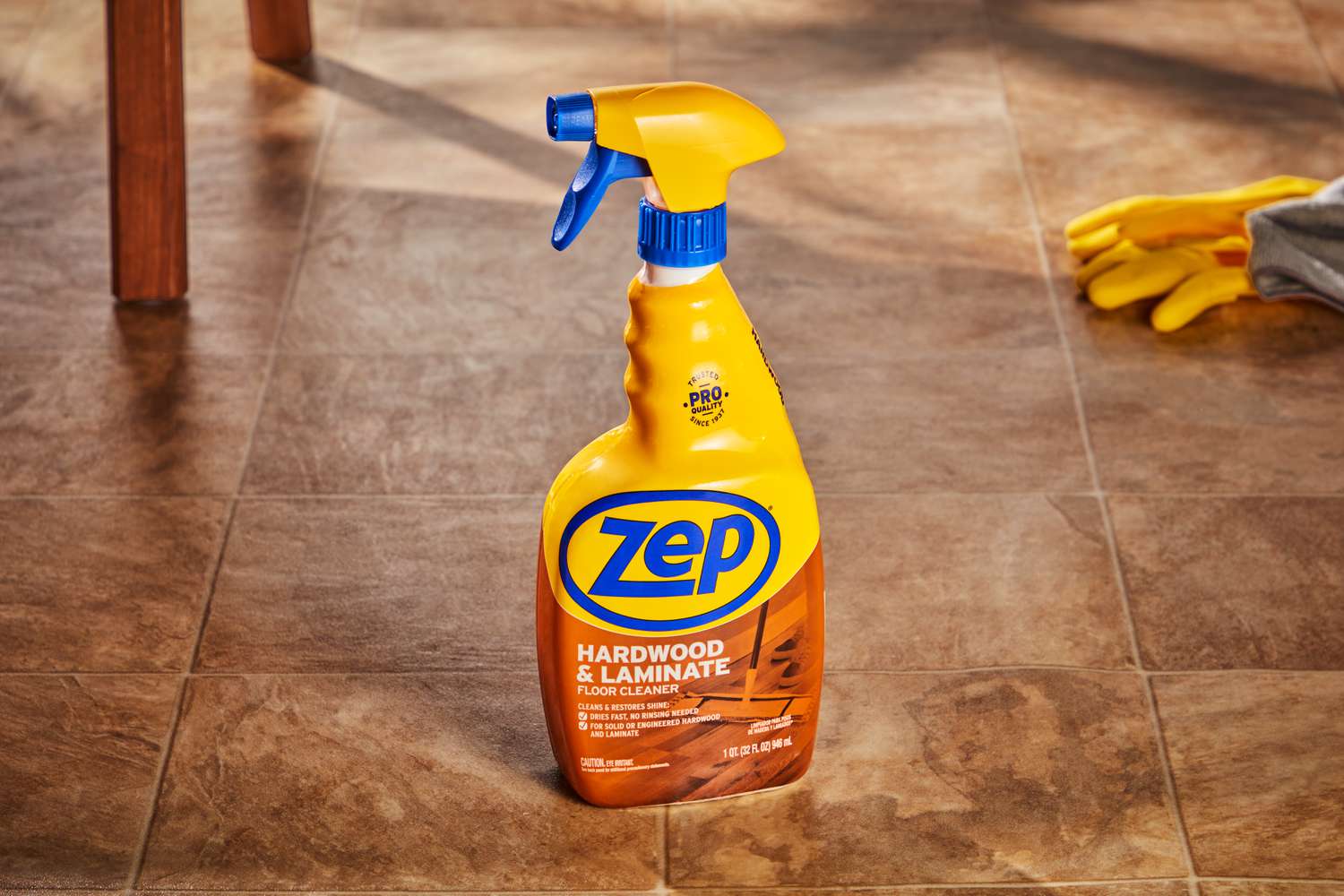
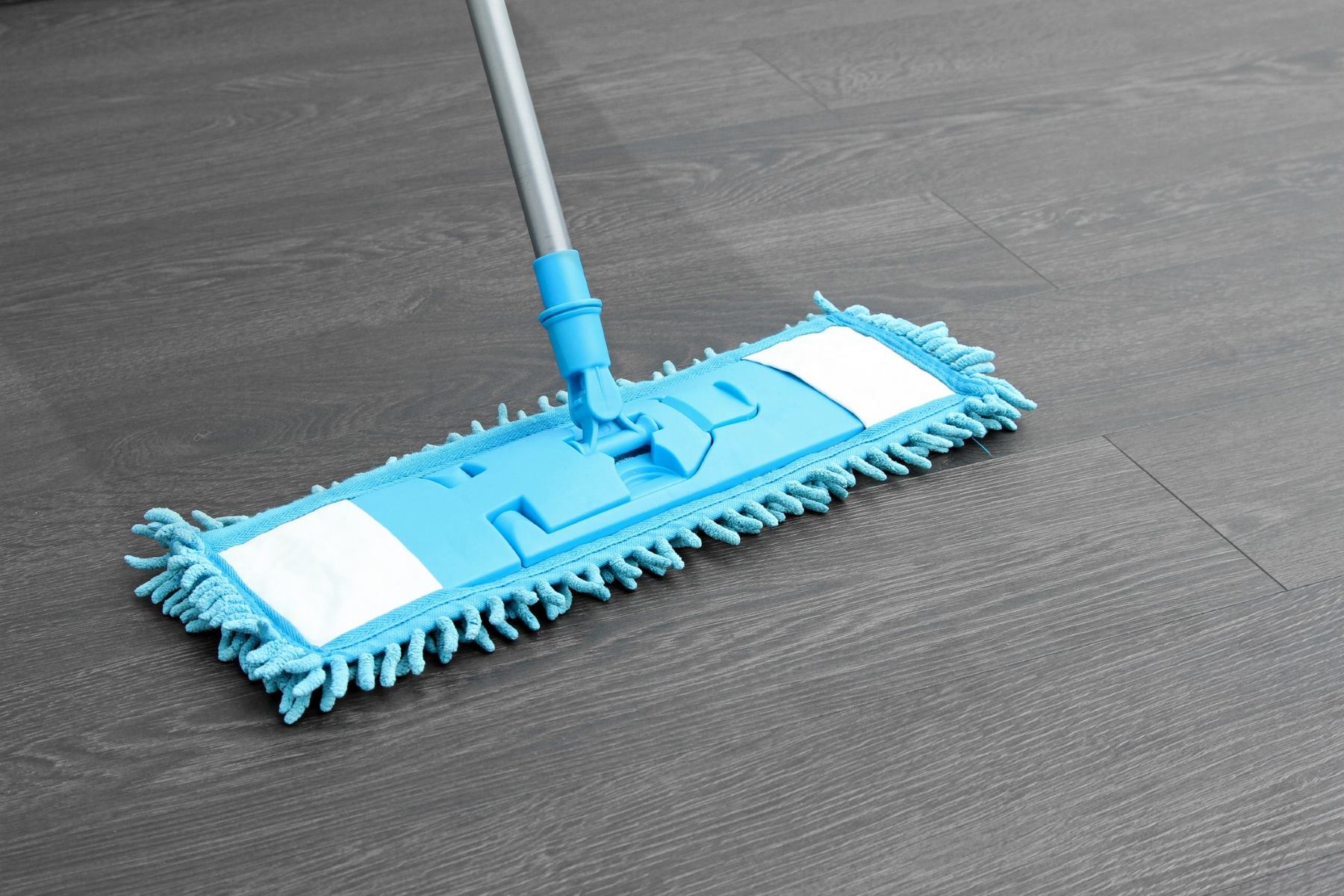
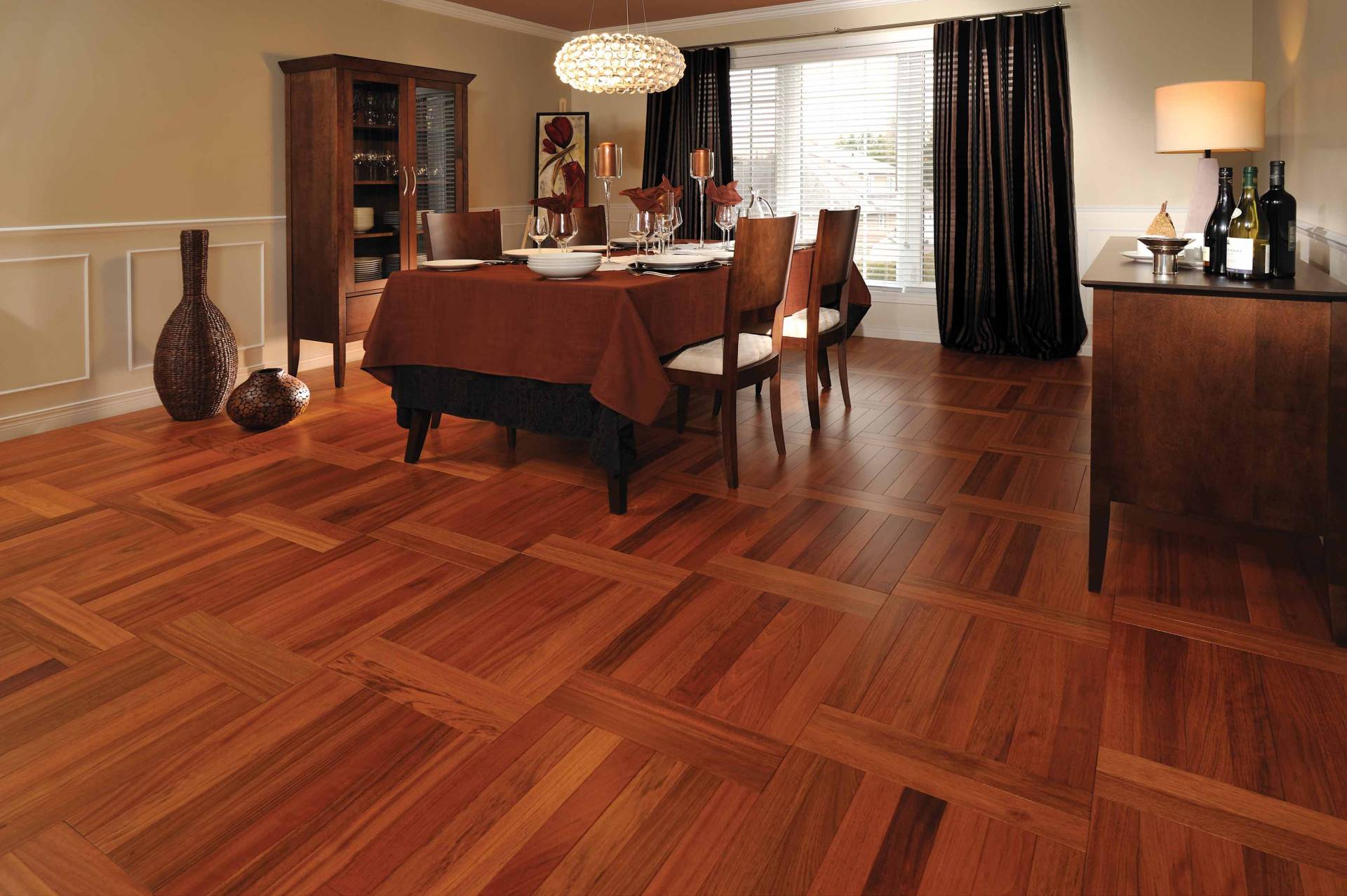
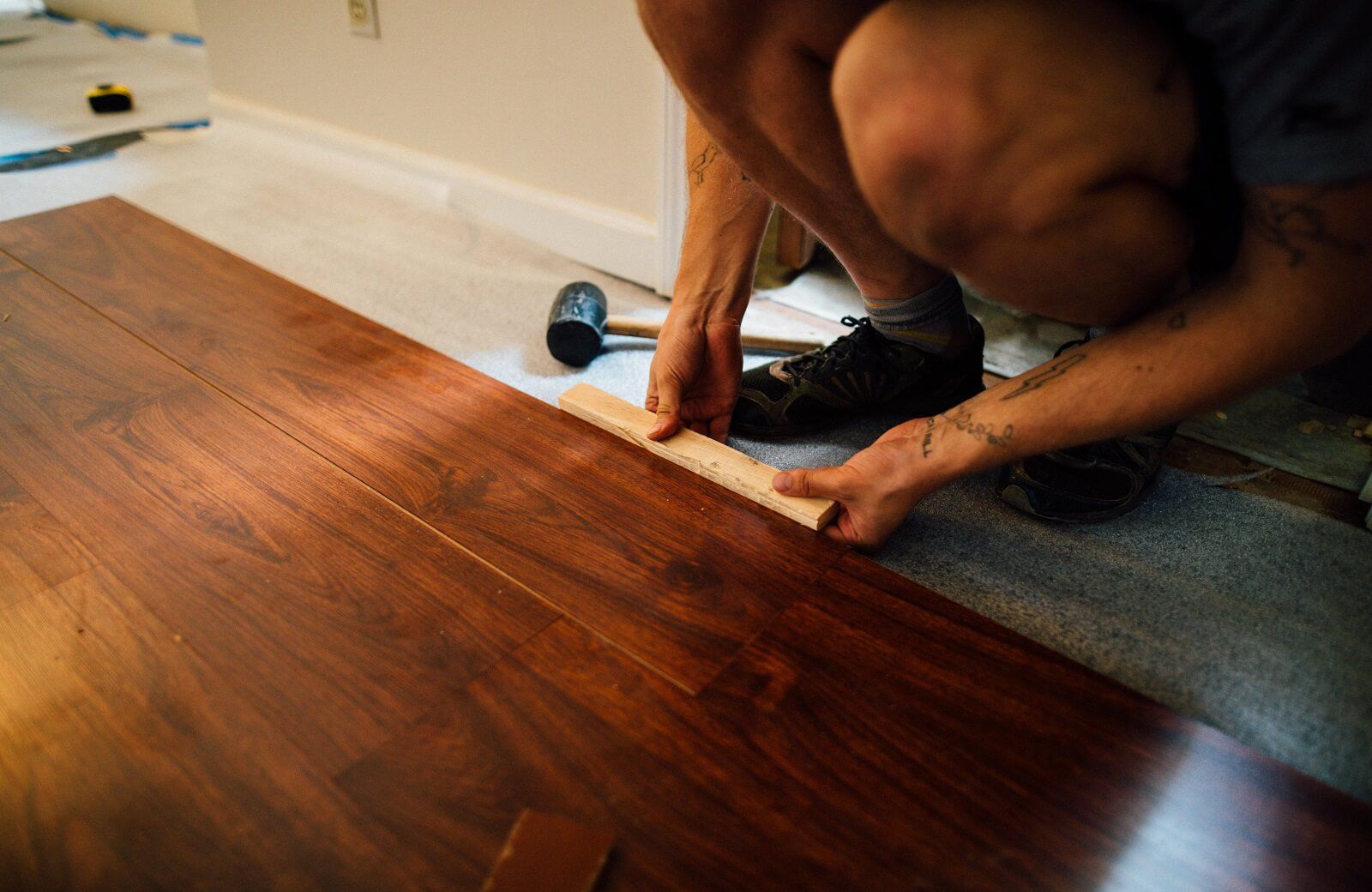

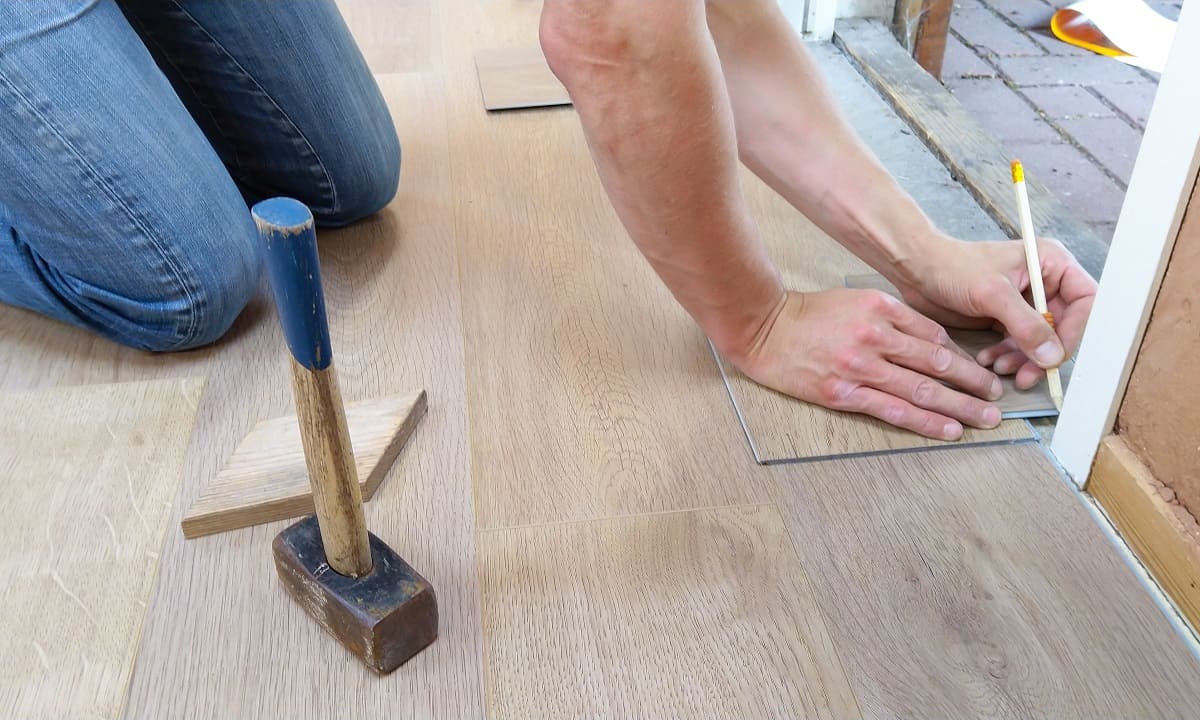
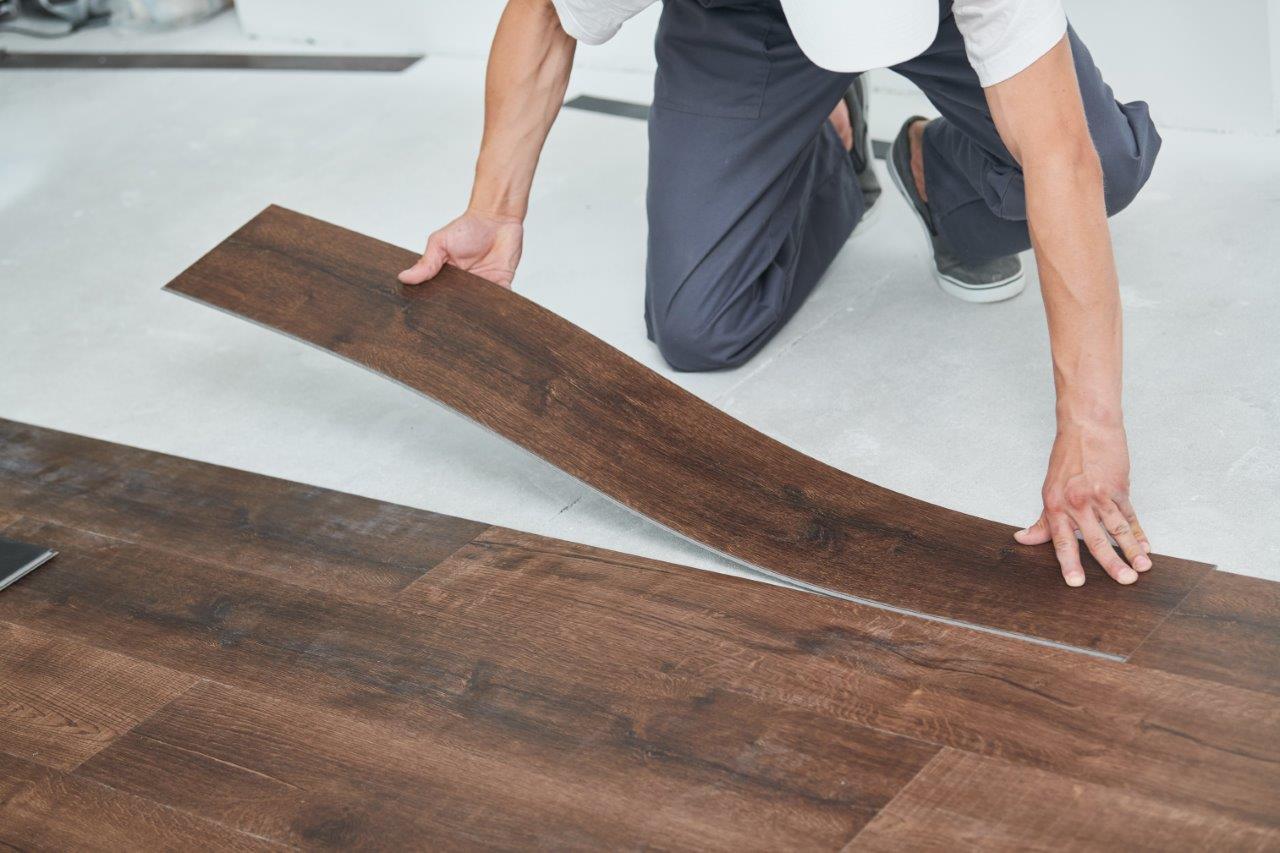
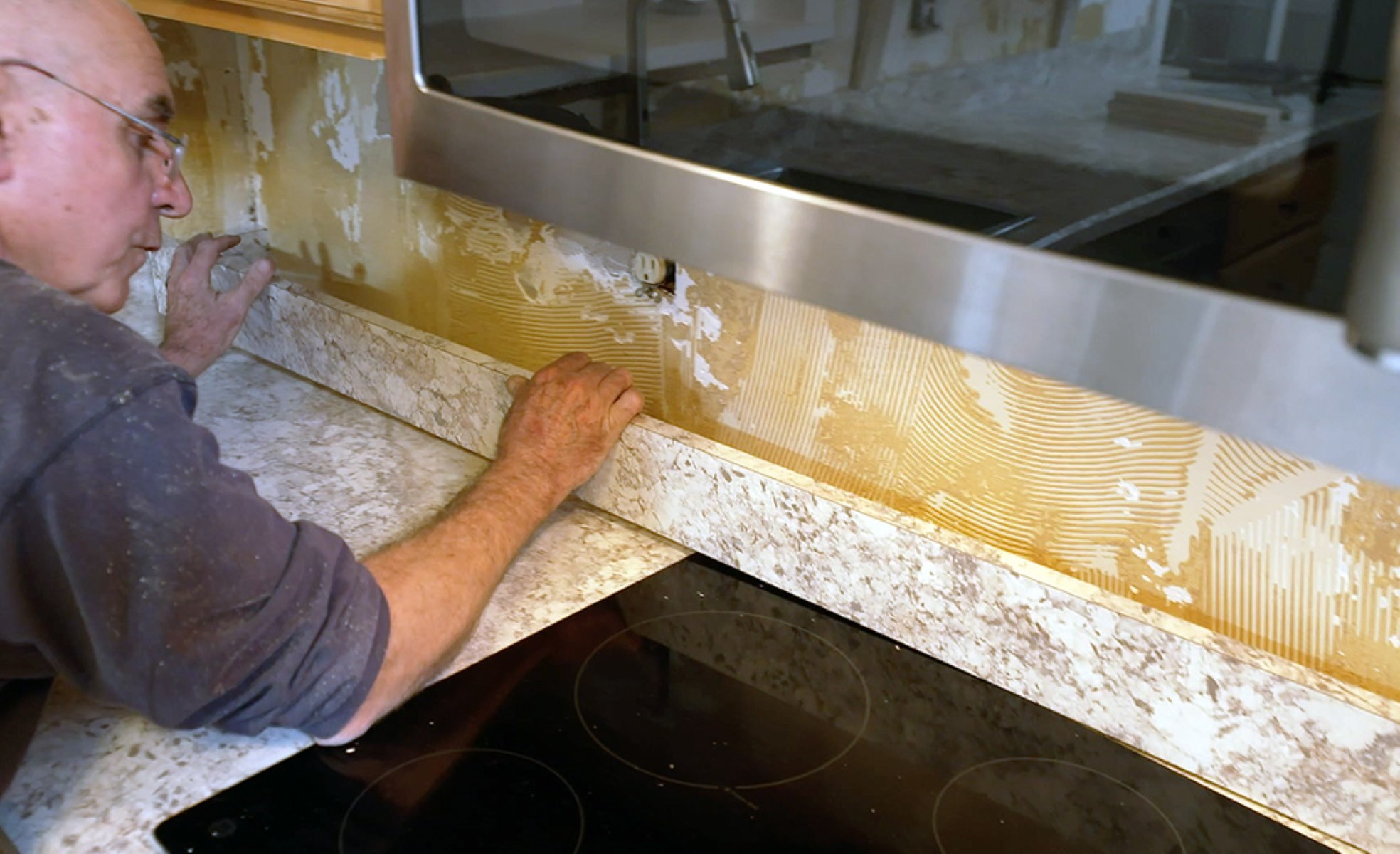
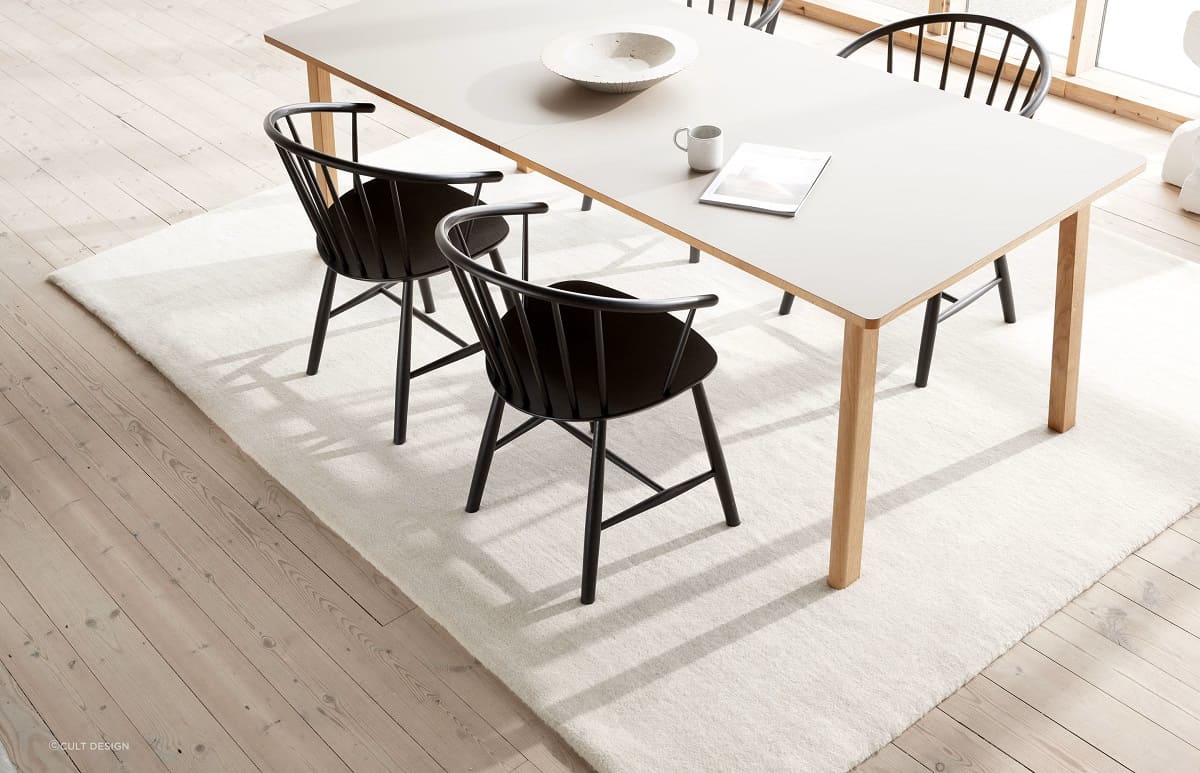
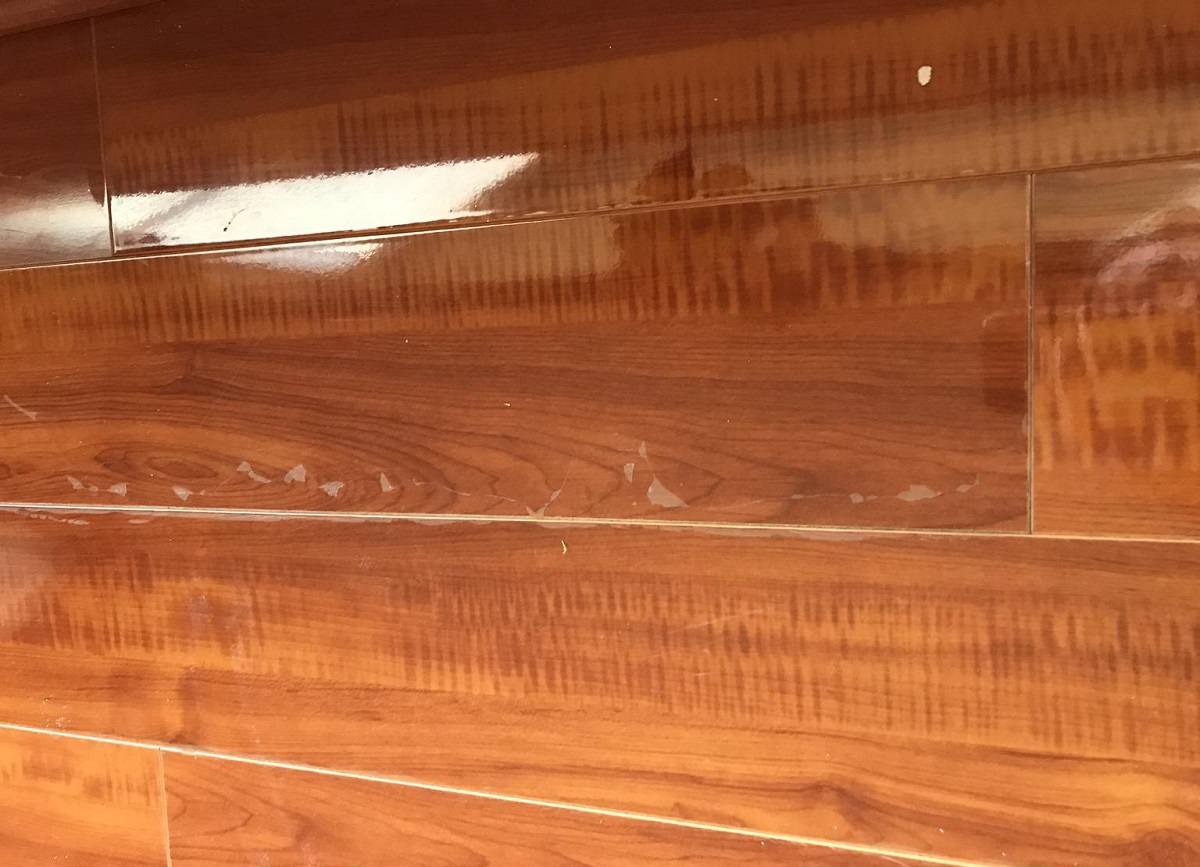
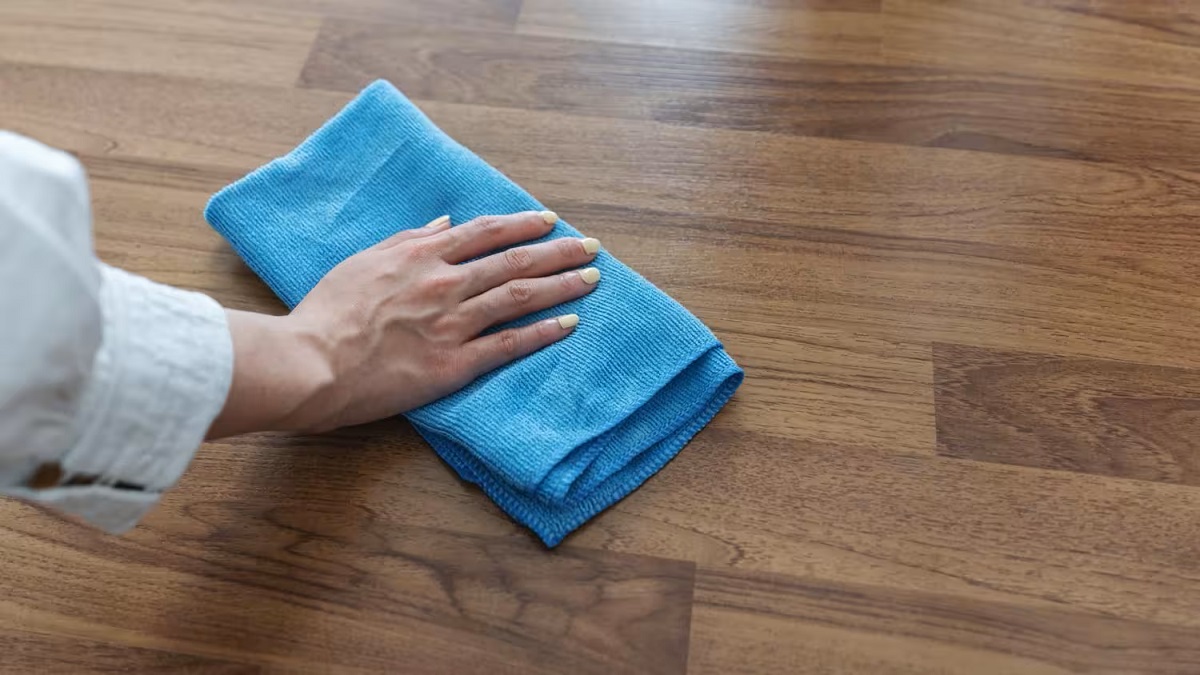
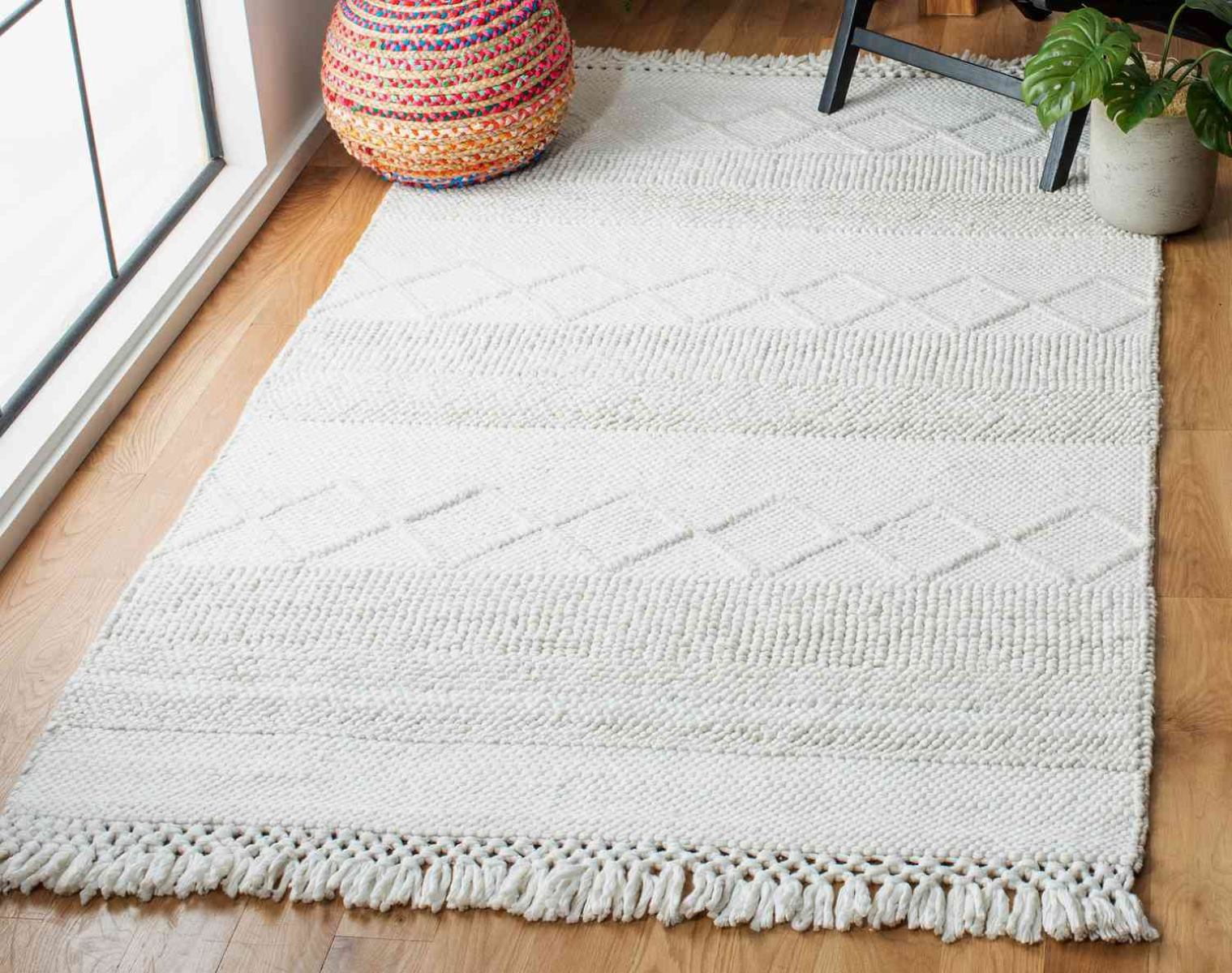
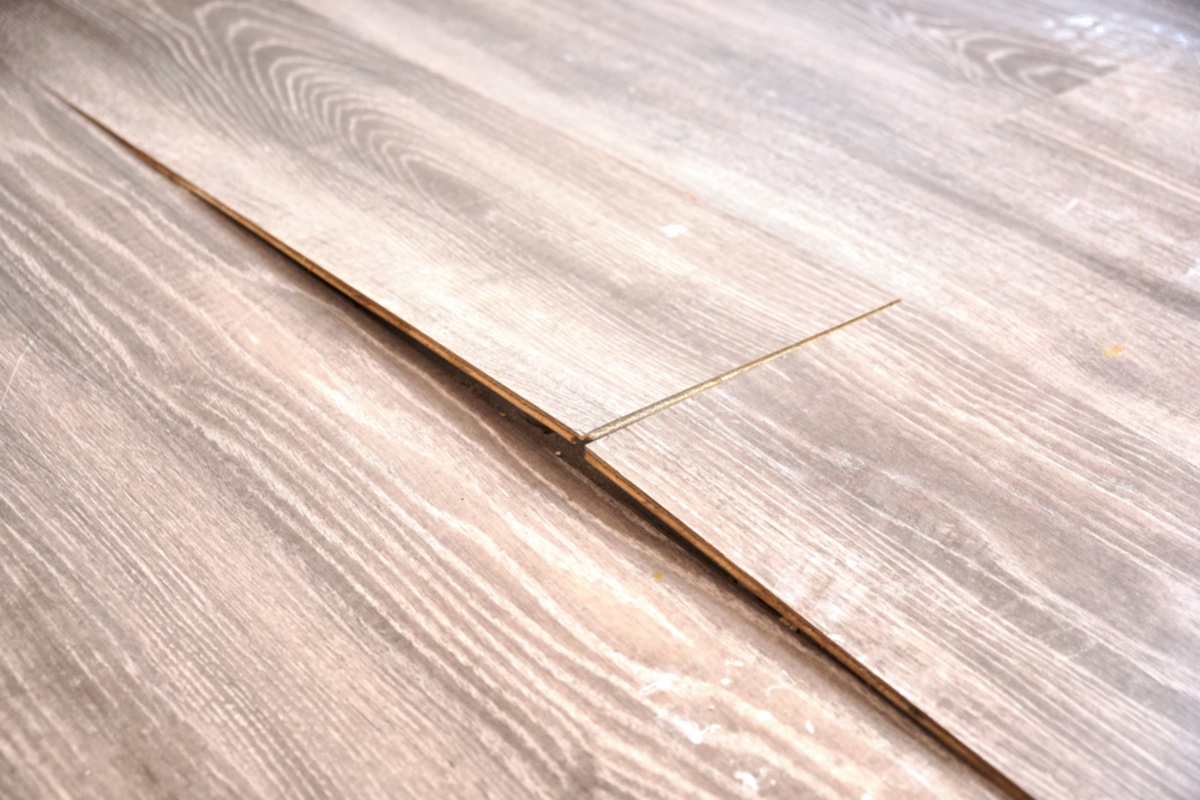
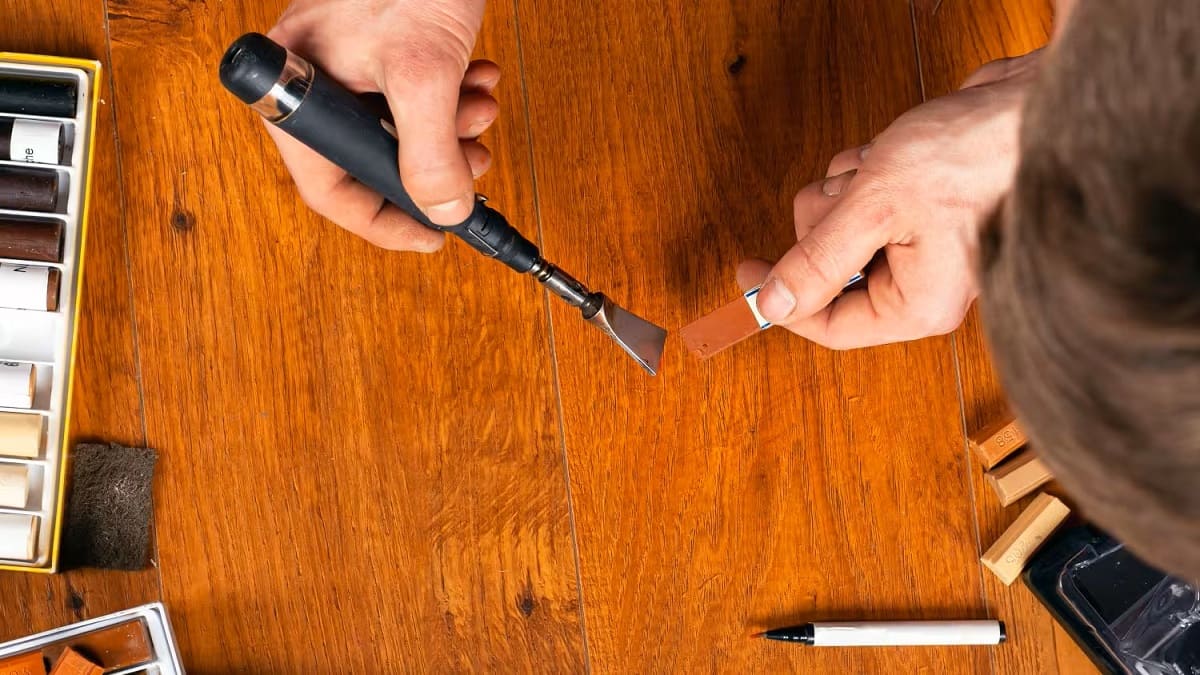

0 thoughts on “What Kind Of Rugs To Use On Laminate Flooring”